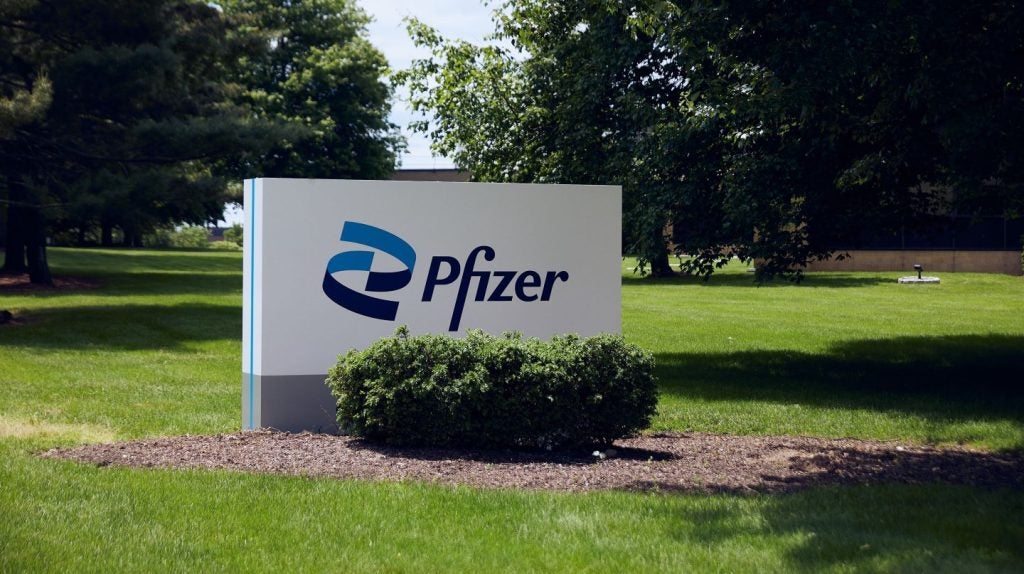At the 57th annual European Association for the Study of Diabetes (EASD) meeting recently, new results were presented from a three-year prospective study. The results demonstrated that sodium glucose cotransporter 2 (SGLT2) inhibitors (SGLT2Is), either empagliflozin (Jardiance) or dapagliflozin (Farxiga), are efficacious as part of a quadruple combination therapy with metformin, dipeptidyl peptidase-4 inhibitor (DPP-4I) and glimepiride in patients with type 2 diabetes (T2D). Boehringer Ingelheim and Eli Lilly’s Jardiance is a leading SGLT2I that is prescribed for the treatment of T2D. AstraZeneca’s Farxiga is also prescribed for the treatment of T2D.
Jardiance and Farxiga have achieved label updates for systolic heart failure and chronic heart failure, respectively, from both the European Medicines Agency (EMA) and US Food and Drug Administration (FDA). Key opinion leaders (KOLs) interviewed by GlobalData have expressed significant interest in identifying further possible combination therapies that include SGLT2, especially for patients who are taking a combination of therapies but are unable to achieve optimal glycaemic control or have developed additional cardiorenal comorbidities.
Some T2D patients have inadequate disease control despite taking triple-combination oral anti-diabetic (OAD) therapy. This study evaluated the efficacy and safety of empagliflozin or dapagliflozin after three years as an add-on therapy for those with suboptimal glycaemic control on triple combination therapy. GlobalData forecasts that with SGLT2Is demonstrating significant efficacy in the treatment of cardiorenal comorbidities and other cardiometabolic complications of T2D, these inhibitors will be increasingly prescribed in both triple and quadruple combination therapies across the US, France, Germany, Italy, Spain, UK, Japan, India and China.
The trial was a single-centre, three-year, open-label, prospective observational study conducted in eligible patients ages 19 years and older who had suboptimal glycaemic control (haemoglobin A1c [HbA1c] 7.5–12.0%) despite the maximum doses of metformin, DPP-4I and glimepiride, with stable dosage for at least three months. These patients were treated with empagliflozin at 25mg a day or dapagliflozin at 10mg a day as a fourth OAD to their existing triple combination therapy, at their physician’s discretion. A total of 262 patients were enrolled, split between empagliflozin (25mg a day, n=185) and dapagliflozin (10mg a day, n=177). The efficacy outcomes included the change in HbA1c, fasting plasma glucose (FPG), and other cardiometabolic variables at the three-year point.
The study’s safety outcomes included adverse events, hypoglycaemia, volume depletion, nocturia and genitourinary tract infections (GUTIs). The mean HbA1c reduction at the three-year point was -1.7% in the empagliflozin group versus -1.1% in the dapagliflozin group (P=0.001). A similar trend was also observed with FPG (-59.3 ± 53.3mg/dL versus -47.4 ± 61.7mg/dL for empagliflozin and dapagliflozin, respectively, P=0.055). In terms of body weight, empagliflozin demonstrated significant reduction (-4.5 ± 2.5kg versus -1.0 ± 3.3k, P=0.024). The portion of patients who reported total and serious adverse events was similar for both treatment arms. Volume depletion was reported more often in the dapagliflozin arm, while asymptomatic pyuria or bacteriuria was reported more often in the empagliflozin arm.
The trial concluded that the efficacy of SGLT2Is as part of a quadruple combination therapy has been sustained for three years. Blood glucose control was achieved more often with empagliflozin (25mg a day) than with dapagliflozin (10mg a day). The study demonstrated that SGLT2Is can be prescribed as part of quadruple combination therapies for patients with suboptimal blood glucose control. These results, together with recent clinical data showing that SGLT2Is have significant efficacy in the treatment of cardiorenal comorbidities, are likely to lead to the continued increase in market share that the SGLT2 class has witnessed in recent years.
How well do you really know your competitors?
Access the most comprehensive Company Profiles on the market, powered by GlobalData. Save hours of research. Gain competitive edge.

Thank you!
Your download email will arrive shortly
Not ready to buy yet? Download a free sample
We are confident about the unique quality of our Company Profiles. However, we want you to make the most beneficial decision for your business, so we offer a free sample that you can download by submitting the below form
By GlobalDataKOLs interviewed by GlobalData have expressed their enthusiasm at the cardiorenal data that has emerged relating to the SGLT2I class, and further data pertaining to the use of SGLT2Is as a part of OAD quadruple combination therapy are only likely to drive this enthusiasm. As shown by the presented data, SGLT2Is are able to address the demands of the T2D market for therapies that can be prescribed in combination to address suboptimal HbA1c control. Because of this, they are likely to continue to increase their T2D market share and become a leading therapeutic class.









Related Company Profiles
AstraZeneca Plc
Eli Lilly and Co